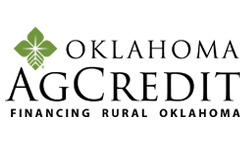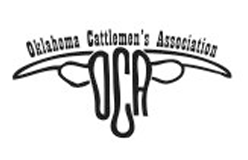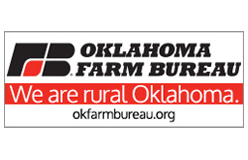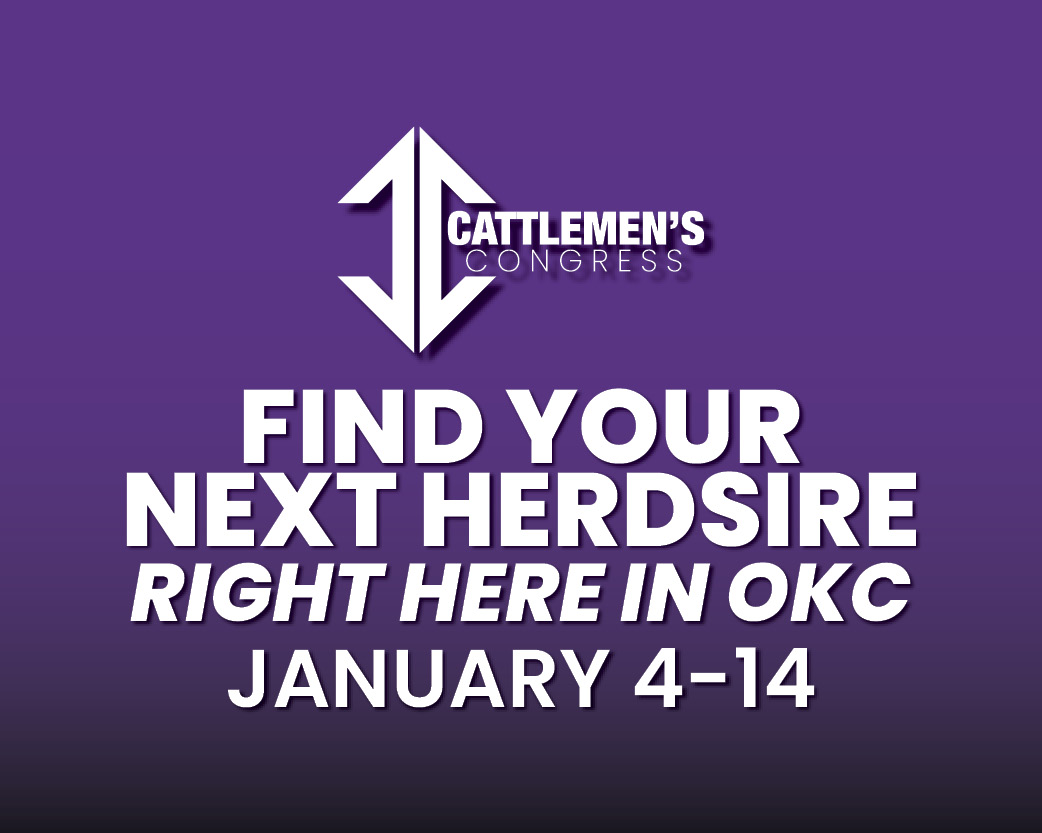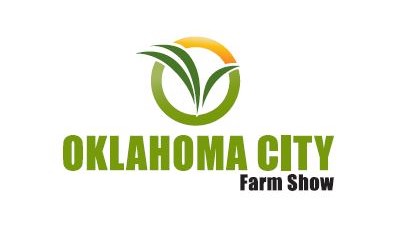
Bovine Respiratory Disease (BRD) remains a relentless and costly challenge for cattle producers across the country, showing no signs of letting up regardless of the season. According to Dr. Curt Vlietstra, a professional services veterinarian with Boehringer Ingelheim, a strategic approach to vaccination is paramount not just for immediate calf health, but for the animal’s long-term performance and the producer’s bottom line.
The Costly Impact of BRD on Future Performance
BRD, often referred to as a compounding disease, does not just result in sickness; it can severely impact a heifer’s entire productive life. Dr. Vlietstra highlights the grim statistics and long-term consequences:
“BRD accounts for almost 25% of pre-weaned heifer deaths… and more than half of weaned heifer deaths,” Dr. Vlietstra notes. “It’s a compounding disease that never really seems to run out of opportunities to take money from producers.”
The disease’s long-term damage extends far beyond mortality:
- Delayed Calving: “Studies have shown that heifers challenged with respiratory disease within the first three months of life are more likely to calve at least three months later than those that didn’t.”
- Reduced Milk Production: “Research has also shown that heifers challenged with respiratory disease early in life are likely to produce less milk in their first lactation, and that may even carry on into later lactations.”
This is why a robust vaccination program is essential to “set calves up to better battle any future respiratory challenges,” Vlietstra emphasizes.
Three Key Questions for Your Veterinarian
Selecting the appropriate respiratory vaccine requires careful consultation with a veterinarian. Dr. Vlietstra points producers toward three essential components to discuss when designing a program:
- Route of Administration: Producers must decide between injectable vaccines and intranasal vaccines as the primary methods for respiratory protection.
- Vaccine Type: Producers should ask, “Should I be using a modified live or are there some instances where maybe a killed vaccine would be better?”
- Adjuvant Type: This often-overlooked factor is “equally as important.” Producers should question: “What type of adjuvant? Does it even have an adjuvant? And what role does that adjuvant play in building long, lasting immunity?”
For very young calves, Dr. Vlietstra stresses the importance of prioritizing a vaccine that can effectively stimulate an immune response even in the presence of maternal antibodies passed through high-quality colostrum.
Maximizing Vaccine Effectiveness
A strong vaccine alone is not enough; the scheduling and management around it are critical. Dr. Vlietstra advises producers to actively work with their veterinarians to fine-tune their schedule and address environmental factors.
Good questions to ask your veterinarian include:
- Timing vs. Maternal Antibodies: When is the right time to vaccinate so that maternal antibody doesn’t block the response? It’s crucial to remember that the decline of maternal antibodies “is different for every bug… and there’s variation from calf to calf.”
- Stress Management: How do stressors like weaning, transportation, weather events, and seasonality affect vaccine performance? Do you need to adjust your vaccine schedule around these events?
- Local Threats: Which diseases pose the greatest threat to your herd in your specific area, and are there effective vaccines against those particular threats?
Ultimately, Vlietstra concludes, “It’s a lot easier and more economical to prevent disease, and it is to treat.” By the time a calf is visibly sick, the disease is already well into its course and “some damage is done.”
Rounding out a complete BRD prevention protocol involves not only a strong vaccine program but also creating a clean, comfortable environment with plenty of clean air, fresh water, quality nutrition, and strong biosecurity.
(For more information on calf health protocols, producers can visit cattlefirst.com.)


